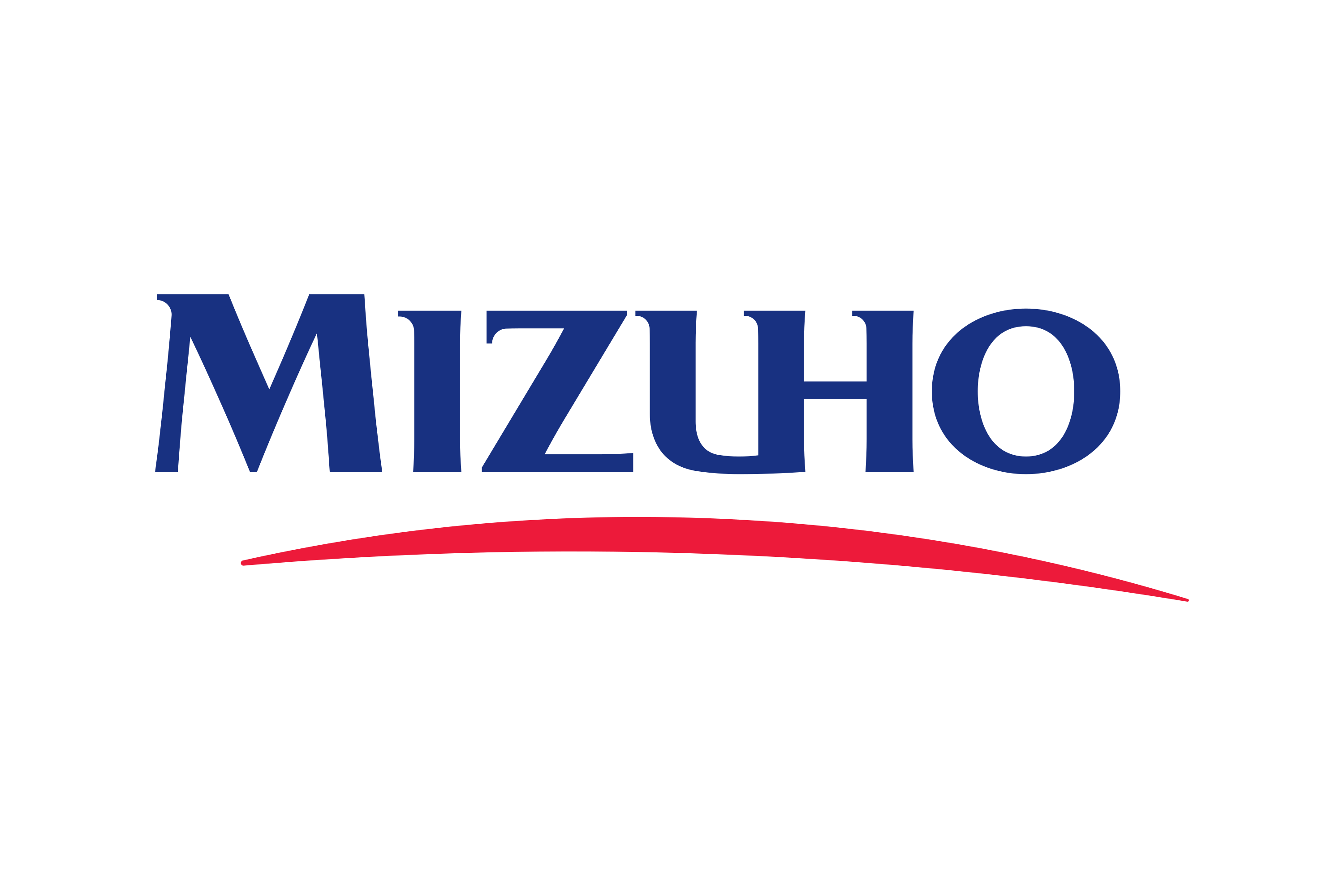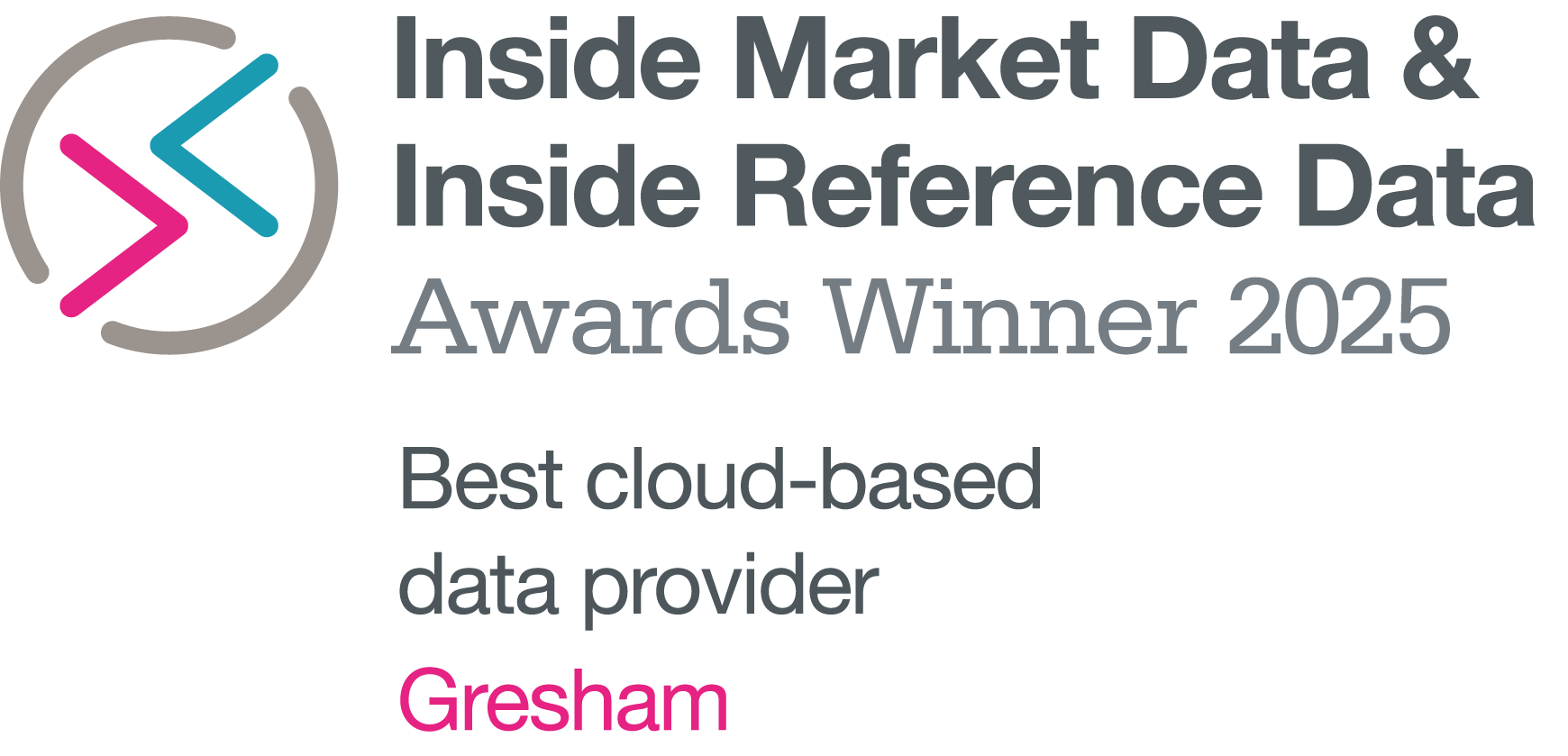Corporate action data refers to the information companies provide about events affecting shareholders and their securities. This typically covers what type of event is happening, such as dividends or mergers, as well as relevant dates and instructions for shareholders.
The details usually include financial specifics like dividend amounts or terms of mergers, along with key dates that shareholders need to keep in mind. More complicated corporate actions might also involve additional instructions about voting or tax considerations.
Corporate action data arrives from various places, including market data providers and company announcements. Because each source can present the information in different ways, validating and standardising the data becomes important for keeping processes accurate.
















-1.png)
.png)




.png)
.png)
